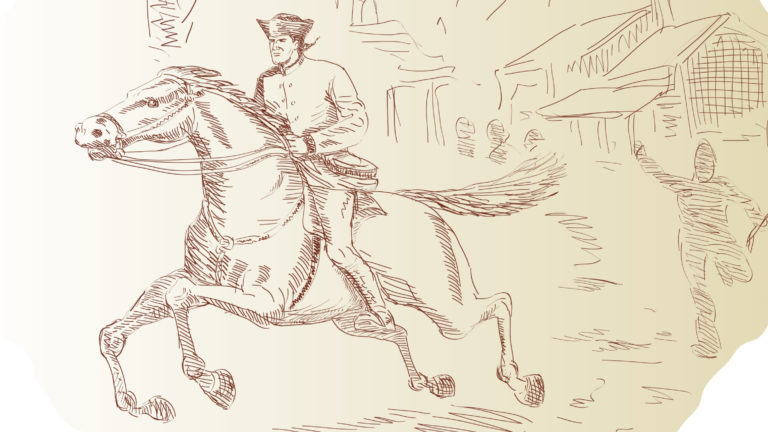Certificate Course for Middle – High School Age Students
This course is replete with audio-visual aids, printable workbooks, progress assessments, and interactive questions and answers, prepared by qualified instructors. Often, lecturers are dressed in character to portray a more realistic and memorable lesson.
Authentic Certificates are available from Jellybean Academy for successful completion. Attractive and memorable Certificates can be downloaded and printed by class administrators. Students will be proud to display their Awards!
Timeline – Lesson order
- June 29, 1767 – The Townshend Acts
- October 1, 1767 – British Troops arrive in Boston
- March 5, 1770 – The Boston Massacre
- April 12, 1770 – The Townshend Acts Repealed
- June 10, 1772 – Revenue Schooner Gaspee burned
- May 10, 1773 – Tea Act of 1773
- July 1773 – The Hutchinson Letters Affair
- December 16, 1773 – The Boston Tea Party
- May – June 1774 – The Intolerable Acts
- September 1774 – The Continental Congres formed
- May 10, 1775 – Second Continental Congress
- April 19, 1775 – Battles of Lexington and Concord
- June 15, 1775 – The Battle of Bunker Hill
- June 16, 1775 – The Continental Army
- June 16, 1775 – George Washington Army Commander
- July 5, 1775 – King George III rejects Olive/Brach Petition
- August 23, 1775 – George III declared colonies in open rebellion
- Winter 1775 -1776 – Continental Army invades Quebec
- January 9, 1776 – Thomas Paine’s “Common Sense” published
- May 2, 1776 – France secretly aids the Continental Army
- July 4, 1776 – Continental Congress signs Declaration of Independence
- August – December 1776 – British win major battles in New York
- October 26, 1776 – Battle of White Plains
- December 26, 1776 – George Washington wins battle of Trenton
- January 2-3, 1777 – Battle of Princeton
- September 19 – October 7, 1777 – Battles of Saratoga
- October 13, 1777 – 5,700 British Soldiers surrender after defeat
- February 6, 1778 – France recognizes United States Independence
- August 16, 1780 – The Battle of Camden
- March 1, 1781 – Articles of Confederation ratified
- September 5, 1781 – French Naval Battle of the Capes
- October 19, 1781 – The Siege of Yorktown ends
- March 5, 1782 – British Parliament nods Peace Negotiations
- September 3, 1783 – Treaty of Paris ended American Revolutionary War
Key Individuals of the American Revolution
King George III – King George III Workbook – The reigning British monarch during the war.
George Washington George Washington Workbook The commander-in-chief of the Continental Army and the first United States president.
Benjamin Franklin – more than an inventor, Benjamin Franklin was a writer, a statesman, and a diplomat, one of the five-man committee that drafted the Declaration of Independence.
Thomas Jefferson – The 3rd president of the United States, Jefferson, is credited for mainly drafting the Declaration of Independence.
Thomas Paine – The English author wrote Common Sense, the 48-page pamphlet which encouraged the colonists to gain their independence. He also served as the personal assistant of General Nathanael Greene.
John Hancock – The president of the Second Continental Congress [1775-1777] and the main signer of the Declaration of Independence. He became the first governor of the Massachusetts Commonwealth.
Patrick Henry – An American patriot and lawyer who stirred fellow Virginians to enlist in the Continental Army with his passionate “Give me liberty or give me death!” speech.
John Adams– The first vice-president and second president of the United States, John Adams, was one of the five-man committee tasked with drafting the Declaration of Independence.
Friedrich Wilhelm von Steuben– This Prussian Major-General was appointed the temporary Inspector General of the Continental Army in 1778 and disheartened at the condition of the American troops. He went on to create a standard method of drills for the whole army. His military blue book “Regulation for the Order and Discipline of the Troops of the United States” was used by the United States Army until 1814.
Thomas Sumter – Brigadier General Sumter was a prominent figure in the South Carolina militia. He earned the nickname Carolina Gamecock after defeating British officer Banastre Tarleton, and the latter complained about him fighting “like a gamecock.” British General Lord Cornwallis also called Sumter “one of my great plagues.”
Paul Revere – Made famous by his midnight ride, Paul Revere became famous for alerting the Colonial militia of the incoming British forces before the battles of Lexington and Concord.
Casimir Pulaski – This Polish nobleman, soldier, and commander is dubbed the “father of American cavalry” after the reforms he made on the American Cavalry during the revolution. After joining the American Revolutionary War, he became known for saving General Washington’s life. He is also one of the seven people to be awarded honorary United States citizenship.
Gilbert du Motier, “Marquis de Lafayette” – Lafayette offered his military service to the Continental Army during the American Revolution at the young age of 19 as he believed the American’s fight for independence was a noble cause. He developed a close relationship with George Washington, played an important role in campaigning for support for the army from the French, and eventually, conducting an exceptional military campaign in Virginia that resulted in Cornwallis’ surrender.
Benedict Arnold – More known for his treasonous acts against the Americans, Arnold started as one of the early heroes. He later became one of the most infamous traitors in U.S. history after he switched sides and fought for the British.
